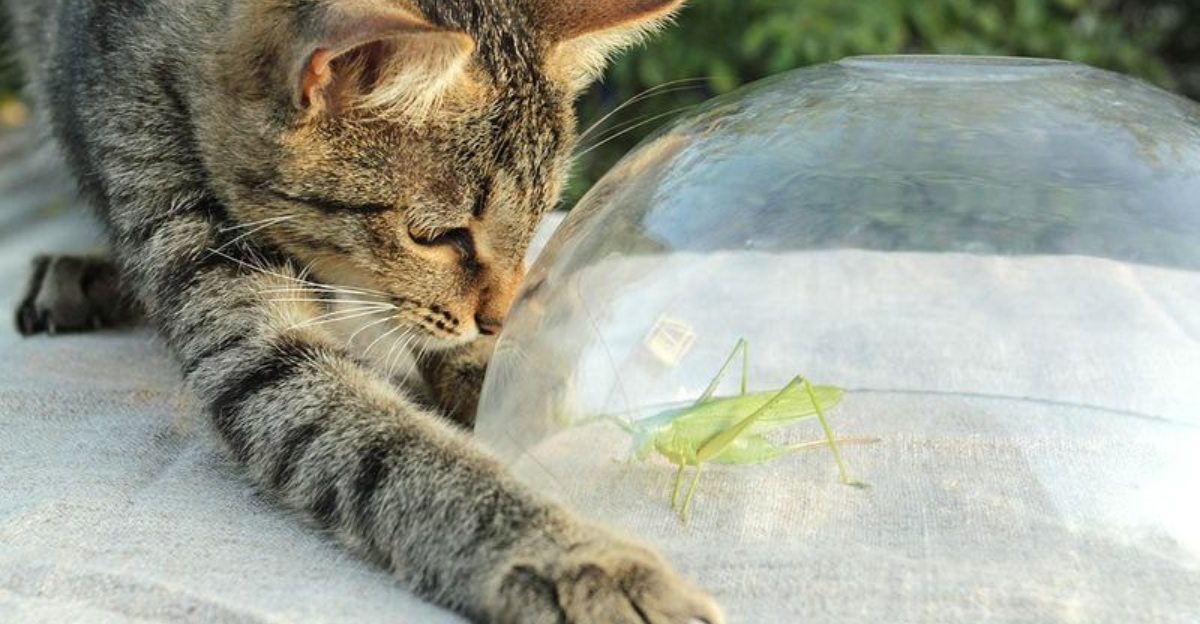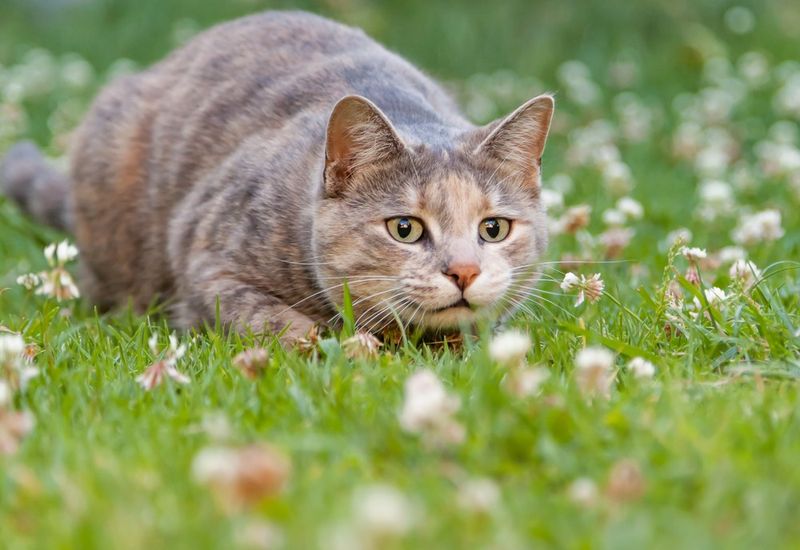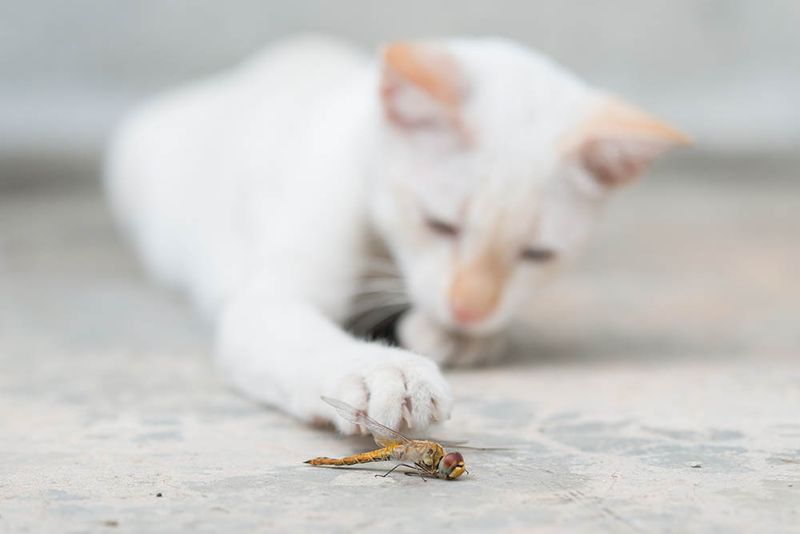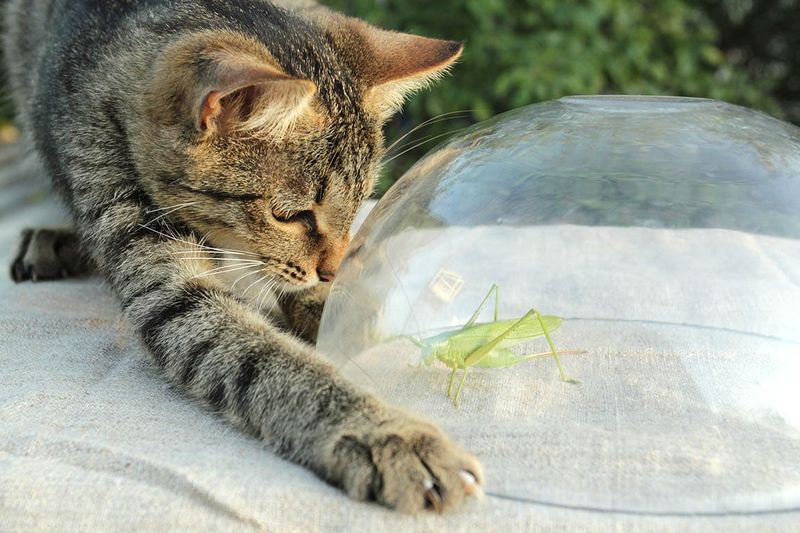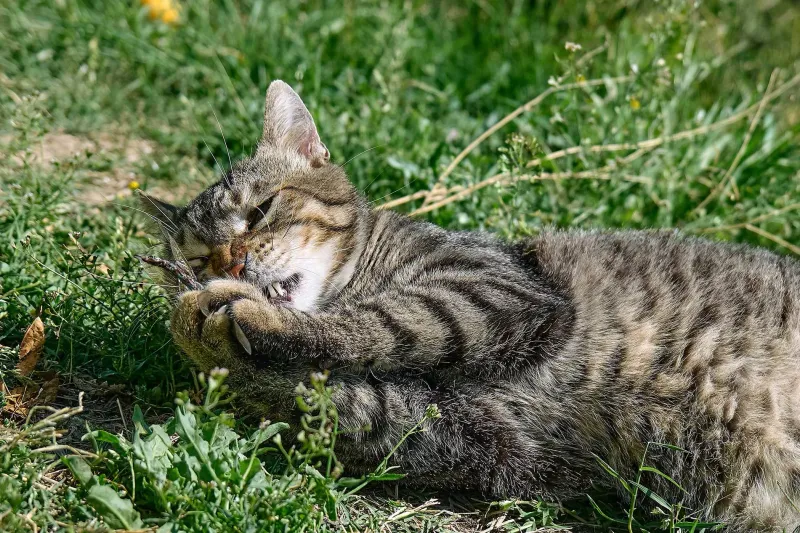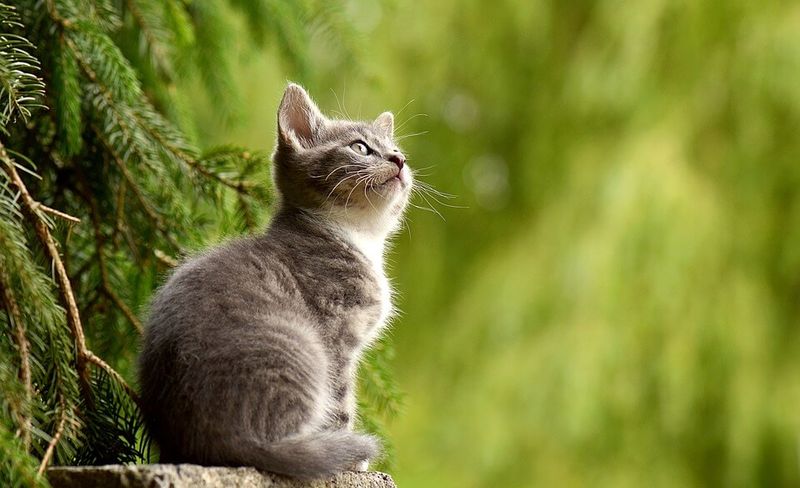📖 Table of Content:
- 1. Natural Predatory Instincts at Work
- 2. Mental Stimulation and Cognitive Exercise
- 3. Nutritional Benefits of Spider Snacks
- 4. Training Hunting Skills for Survival
- 5. Territory Defense Against Invaders
- 6. Sensory Thrill of the Chase
- 7. Social Bonding Through Shared Hunting
- 8. Ancestral Connection to Wild Origins
Cats have captivated humans for centuries with their curious and sometimes puzzling behaviors. One of the most intriguing is their tendency to chase spiders, a behavior seen in many feline companions. This fascination goes beyond simple play, involving deeper instincts and drives.
When cats stalk and pounce on spiders, there is more at work than just entertainment. This behavior taps into natural hunting instincts that have been shaped over millennia. The movement and size of spiders trigger a cat’s predatory responses in a unique way.
Beyond instinct, other factors contribute to this behavior, including nutritional needs and the desire for mental engagement. Chasing spiders provides stimulation and practice for essential survival skills. Understanding these layers helps explain why cats are so drawn to those eight-legged creatures.
1. Natural Predatory Instincts at Work
Evolution has hardwired cats to hunt. Despite thousands of years of domestication, your fluffy companion still carries the same hunting circuits as their wild ancestors. These instincts don’t disappear just because you provide regular meals.
Spiders trigger this predatory programming perfectly. Their quick, unpredictable movements activate your cat’s tracking systems instantly. The small size and darting motion of spiders make them ideal practice targets for keeping hunting skills sharp.
Even well-fed house cats maintain this behavior because it’s embedded in their DNA, not because they’re hungry. This explains why your cat might hunt spiders but not actually eat them afterward.
2. Mental Stimulation and Cognitive Exercise
Stalking spiders provides cats with crucial mental challenges. The pursuit requires focus, strategy, and problem-solving skills that keep their brains active and engaged. Without these cognitive workouts, indoor cats especially, can become bored and lethargic.
Spider hunting combines multiple skills: tracking movement, calculating distances, timing pounces, and using paws with precision. Each successful capture releases dopamine in your cat’s brain, creating a natural reward system.
Many behavioral issues in cats stem from insufficient mental stimulation. The complexity of hunting spiders satisfies their need for intellectual engagement in ways that toys sometimes cannot match.
3. Nutritional Benefits of Spider Snacks
For curious cats, spiders provide more than just entertainment—they offer valuable nutrients. These small creatures contain protein, taurine, and other dietary elements vital to feline health. Though pet food covers basic needs, the urge to catch live prey is deeply ingrained.
Cats in the wild typically consume multiple small prey animals daily. This grazing approach to protein intake is why some felines might eat the spiders they catch.
The crunchiness of the exoskeleton also provides dental benefits, similar to how wild cats clean their teeth through bone consumption. Though minimal, this additional protein source satisfies deep nutritional instincts dating back to their pre-domesticated ancestors.
4. Training Hunting Skills for Survival
Tracking and catching spiders offers cats valuable practice in survival techniques. These activities enhance a cat’s agility, timing, and accuracy. Mother cats encourage learning by showing kittens how to hunt small creatures like spiders.
The unpredictable movements of spiders create ideal training scenarios. Unlike toys that move in repetitive patterns, spiders dart, freeze, and change direction suddenly – requiring cats to adapt their strategies instantly.
Young cats especially benefit from this practice, developing muscle memory and reflexes that would traditionally help them survive in the wild. This explains why kittens often seem particularly obsessed with chasing spiders compared to older cats.
5. Territory Defense Against Invaders
Cats view your home as their territory, and spiders represent unwelcome intruders. Eliminating these invaders satisfies your cat’s instinctual drive to protect their domain from any perceived threats. This behavior stems from wild ancestors who needed to guard resources and safe spaces.
Your feline companion doesn’t distinguish between dangerous and harmless spiders – all are seen as potential territory violations. This explains why cats often seem particularly vigilant about hunting spiders in areas they consider most important, like bedrooms or favorite resting spots.
The satisfaction cats display after catching a spider reflects their sense of accomplishment in maintaining territorial security. They’re essentially working as tiny security guards for your household.
6. Sensory Thrill of the Chase
Every sense is on high alert when cats pursue spiders. Whiskers catch even slight air currents, ears pivot to capture faint sounds, and eyes intensely follow minute movements. The result is a sensory-rich and exhilarating chase.
The tactile satisfaction of catching prey between their paws delivers a specific type of sensory feedback cats crave. Research suggests this multi-sensory engagement triggers pleasure centers in feline brains similar to how humans enjoy complex activities.
Domestic life can be sensorily monotonous for cats evolved to process rich environmental information. Spider hunting breaks this monotony, providing valuable sensory diversity that contributes to overall feline well-being and happiness.
7. Social Bonding Through Shared Hunting
Offering spiders to humans is a meaningful behavior for cats. It serves as a social bond, demonstrating that the cat sees its owner as part of its family. This sharing of prey is an expression of connection and care.
Wild cat colonies hunt cooperatively and share food to strengthen social bonds. Your domestic cat is following this same instinctual pattern when they proudly present you with a spider.
Responding positively (even if you’re squeamish) reinforces your cat’s view of you as a valued family member. This explains why some cats seem particularly eager to hunt spiders when their owners are watching – they’re demonstrating their valuable skills to an important social ally.
8. Ancestral Connection to Wild Origins
The act of hunting spiders ties domestic cats back to their wild ancestors. For millennia, early cats thrived by catching small prey in the wild. Modern cats continue to carry this inherited hunting drive.
Scientists studying feline behavior note that hunting activities trigger ancestral brain pathways that processed food acquisition, danger assessment, and environmental awareness. These ancient neural connections explain why even well-fed cats maintain strong hunting drives.
The satisfaction cats display when hunting spiders isn’t just about fun – it’s about fulfilling their biological programming. Allowing appropriate hunting behaviors helps cats express their natural selves, contributing to better psychological health and fewer behavioral problems.
